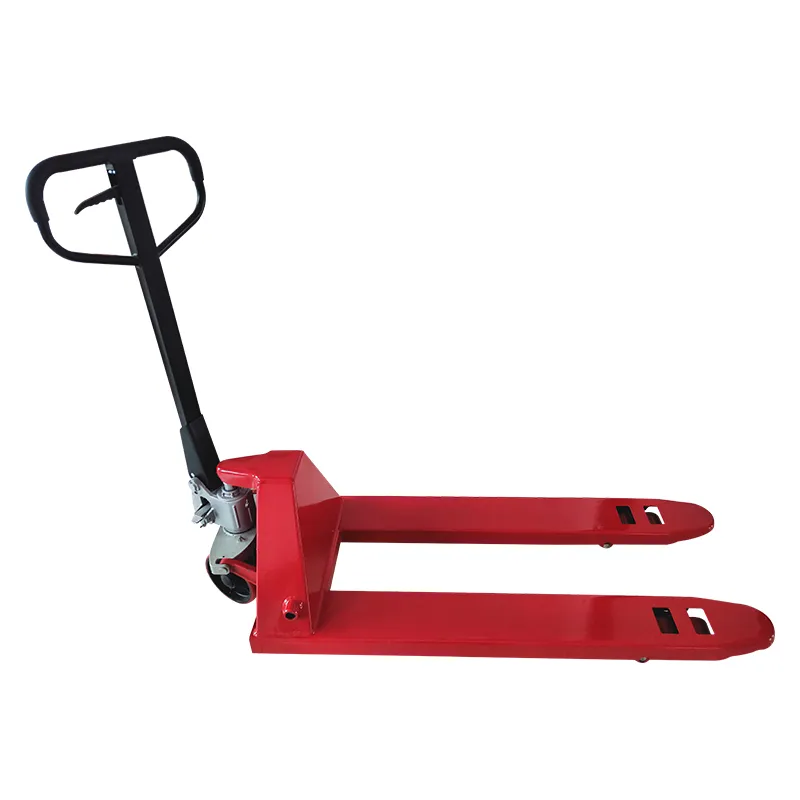


Exploring Different Types of Electric Winches
Electric winches are invaluable tools in a variety of industries, providing the necessary power to lift, pull, or move heavy objects with ease. They are commonly used in construction, towing, off-road vehicles, and marine applications, among others. Understanding the different types of electric winches can help you choose the right one for your specific needs.
1. Standard Electric Winches
Standard electric winches are versatile and widely used in numerous applications. These winches usually come with a direct current (DC) motor that offers high torque and power. They are typically equipped with steel or synthetic ropes and can handle loads ranging from a few hundred to several thousand pounds. Standard electric winches are suitable for industrial uses, such as lifting heavy materials on construction sites or towing vehicles.
2. Portable Electric Winches
Portable electric winches are designed for mobility and convenience. Weighing less than standard models, they can easily be transported from one location to another. These winches are ideal for tasks that require flexibility, such as recreational activities like off-roading and boating. Many portable electric winches come with a built-in carrying case and a shorter wire, making them easy to use in outdoor environments.
3. Industrial Electric Winches
Industrial electric winches are built for heavy-duty applications. These winches are designed to withstand harsh conditions and can lift extremely heavy loads, sometimes exceeding several tons. They often come with advanced features such as variable speed control, automatic brakes, and integrated safety systems. Industrial winches are commonly used in manufacturing, shipping, and heavy construction, where efficiency and safety are paramount.

4. Marine Electric Winches
Marine electric winches are specifically designed for boats and other marine applications. These winches are corrosion-resistant and are built to handle the challenges of a marine environment, such as saltwater exposure and high humidity. They come in various sizes and are capable of performing tasks like anchoring, hauling sails, or lifting heavy loads onto and off the vessel. Proper sizing and installation are crucial to ensure maximum safety and efficiency.
5. Cable Electric Winches
Cable electric winches use a steel cable instead of a rope, making them ideal for heavy lifting and towing applications. These winches are capable of handling significant loads and are often used in construction, oil drilling, and other industrial sectors. The steel cable provides added durability and resistance to abrasion, though it can be heavier and less flexible than synthetic ropes.
6. Synthetic Rope Electric Winches
In contrast to cable winches, electric winches that use synthetic ropes are gaining popularity due to their lightweight, flexibility, and ease of handling. Synthetic ropes are less prone to rust, making them suitable for marine applications. They also have a higher strength-to-weight ratio and are generally safer to handle, as they do not store energy like steel cables and are less likely to snap under tension.
Conclusion
Choosing the right type of electric winch is crucial, depending on your specific needs and applications. Factors to consider include the weight capacity, environmental conditions, portability, and safety features. With the right electric winch, you can ensure efficiency and safety in lifting and towing heavy loads, whether for industrial use, recreational activities, or marine operations. Understanding the different types of electric winches available will help you navigate your options and select the perfect winch for your needs.



